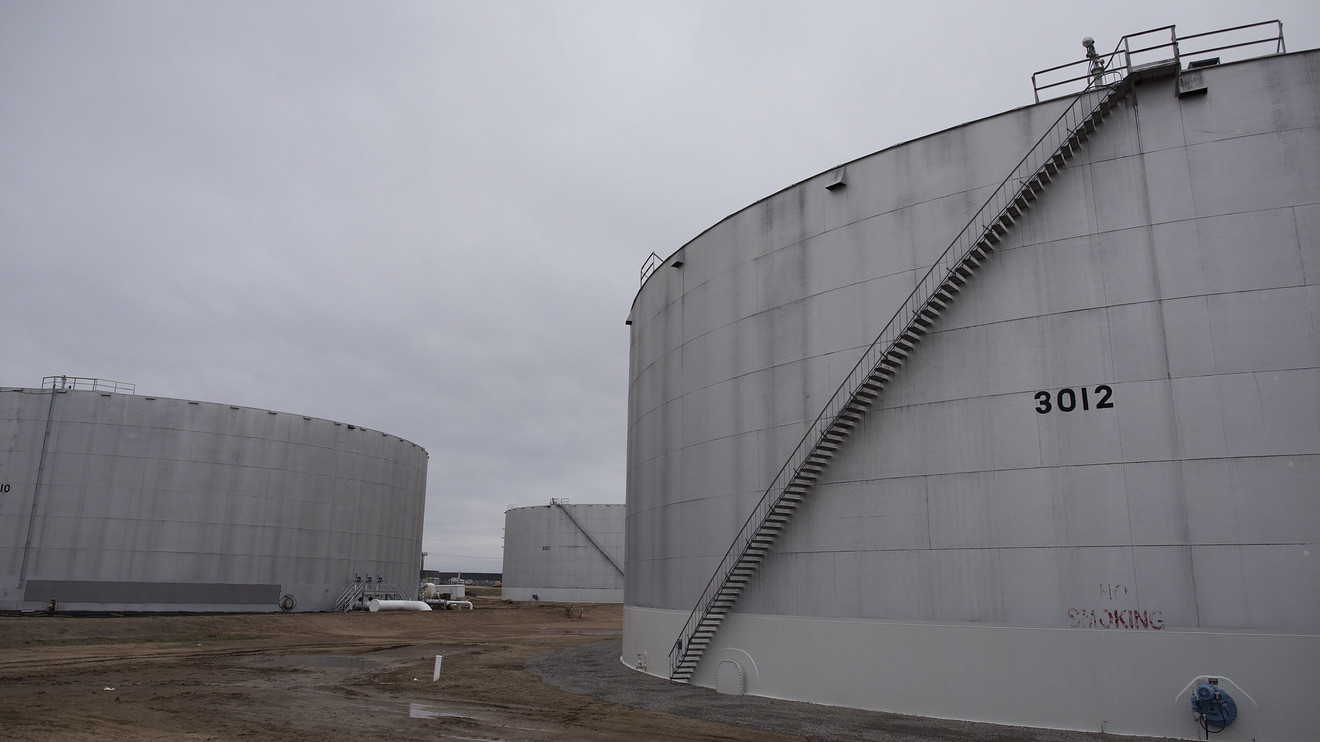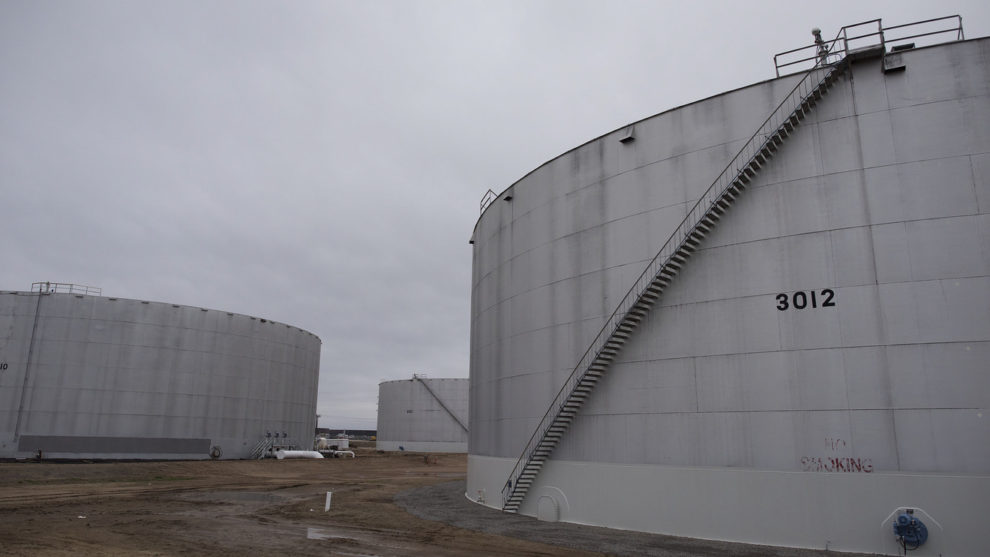
Oil futures headed lower on Wednesday, pushing U.S. prices back below $50 a barrel as worries about the spread of COVID-19 outside China, and its impact on demand for crude, extinguished earlier support from a smaller-than-expected weekly rise in U.S. crude inventories.
“The commodity’s muted reaction after the EIA reported a less than expected build in crude oil inventories last week confirms how oil remains more concerned with coronavirus developments,” Lukman Otunuga, senior research analyst at FXTM told MarketWatch.
West Texas Intermediate crude for April delivery CLJ20, -1.12% fell by 49 cents, or 1%, to $49.41 a barrel on the New York Mercantile Exchange. Prices had touched a low at $48.99, its lowest intraday level since January 2019 before the supply data, then briefly traded above $50 after the data.
April Brent crude BRNJ20, -1.57% was down 76 cents, or 1.4%, to $54.19 a barrel on ICE Futures Europe.
Data from the Energy Information Administration on Wednesday revealed that U.S. crude supplies edged up by 500,000 barrels for the week ended Feb. 21. Analysts polled by S&P Global Platts expected the data to show a rise of 2.8 million barrels. The American Petroleum Institute on Tuesday reported a climb of 1.3 million barrels.
The EIA data also showed supply declines of 2.7 million barrels for gasoline and 2.1 million barrels for distillates. The S&P Global Platts survey had shown expectations for supply declines of 1.9 million barrels for gasoline and 900,000 barrels for distillates.
In other energy trading, March gasoline RBH20, -3.13% fell 3.3% to $1.4824 a gallon, while March heating oil HOH20, -3.39% was off 3.4% at $1.5148 a gallon.
March natural gas NGH20, -0.11% rose 0.5% to $1.856 per million British thermal units ahead of the contract’s expiration at the settlement. April natural gas NGJ20, +0.32%, which will become the front month, traded at $1.865, up 0.8%.
Petroleum products showed no reaction to reports of an explosion and fire at Marathon Petroleum Corp.’s refinery in Carson, Calif. late Tuesday that has since been contained. The Los Angeles county refinery is the largest on the West Coast, with crude-oil capacity of 363,000 barrels of oil a day.
Worries about the spread of COVID-19 outside of China continue to drive trade across financial markets, with assets perceived as risky, including equities and commodities, under pressure.
“Oil demand is the biggest focus at this time,” said Tariq Zahir, managing member at Tyche Capital Advisors.
“If we see more countries have outbreaks, especially in the US, we could see energy prices substantially break [below] the $50 level,” he said. “ Currently, it is not about the [supply] data we get every week. It will be about oil demand throughout the world.”
The number of confirmed cases and deaths outside China has continued to rise, particularly in Italy, Iran, Japan and South Korea.
See: COVID-19 case tally: 81,191 cases, 2,768 deaths
“Oil’s sensitivity to coronavirus-linked concerns has made for a tumultuous 2020 so far. [Brent] could see another sharp drop towards $50 a barrel, especially if the CDC’s warning of contagion in the U.S. occurs,” said Otunuga in a market update.
Uncertainty remains over prospects for a further cut in production by The Organization of the Petroleum Exporting Countries and its allies, collectively known as OPEC+. Officials are due to meet late next week. Russia has signaled reluctance to go along with a Saudi push for a deeper cut. But analysts questioned whether a move would have a big effect on prices, at least in the near term.
OPEC+ “may move ahead with deeper production cuts when they meet next week. However, this may not be enough to counter the demand side concerns,” Otunuga told MarketWatch.
Read: What a breakdown in the Saudi Arabia-Russia oil alliance would mean to the market
div > iframe { width: 100% !important; min-width: 300px; max-width: 800px; } ]]>









